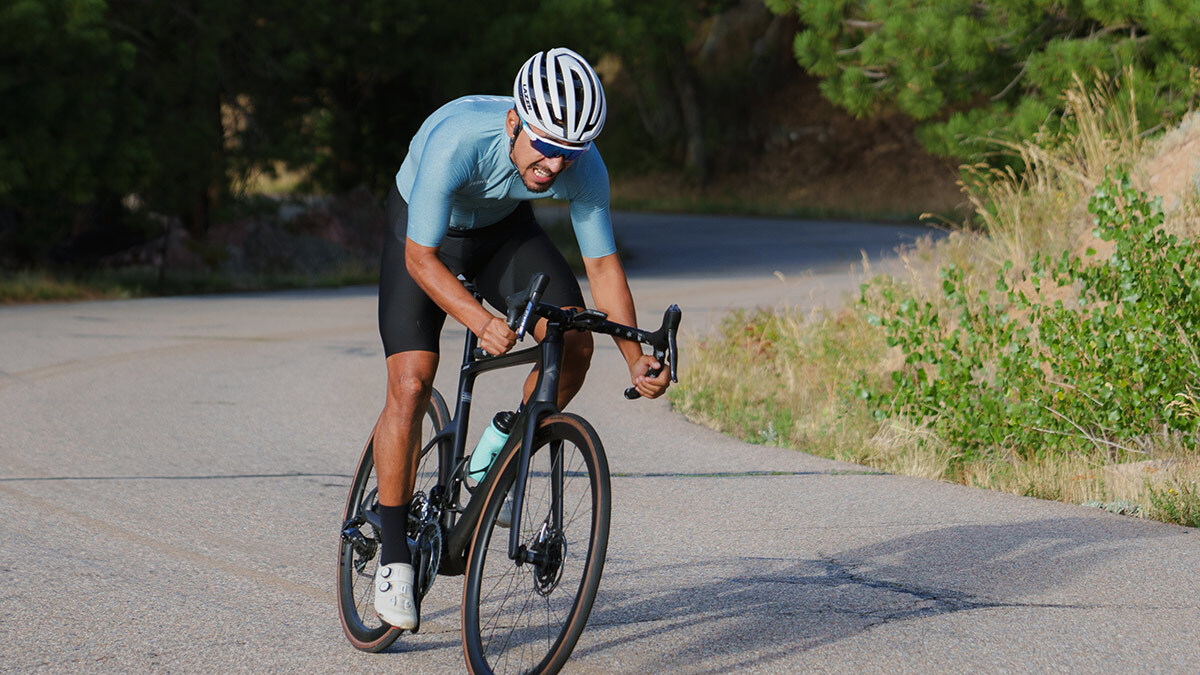人体一级高清图片搜索
Intervals are a key workout for improving VO₂ max on the bike. One specific style of intervals, known as Rønnestad 30/15s, recently gained a cult following among serious cyclists and coaches.
We sat down with Ben, a coach at Road Cycling Academy in Australia, to get his insights on 30/15 intervals and how to use them effectively.
What Exactly Are Rønnestad 30/15s?
These intervals were popularized by Norwegian researcher Bent Rønnestad, whose work focuses on boosting VO₂ max.
The structure is deceptively simple: 30 seconds “on” at a high intensity, followed by 15 seconds “off” at a slightly lower (but still demanding) effort. This pattern is repeated multiple times within a set.
“The idea is to spend as much time as possible at or above 90% of VO₂ max,” Ben explained. “That’s what drives adaptation.”
While it sounds straightforward, many athletes misjudge the effort needed during the “off” portions. Ben emphasized that these 15-second intervals aren’t true recovery.
“People often let off too much during the 15 seconds. It should feel like high Zone 2 or even tempo — just enough to allow you to hit the next 30 seconds hard without your heart rate dropping too much.”

Benefits Beyond VO₂ Max
While improving VO₂ max is the primary goal, 30/15s also stimulate other adaptations. Riders can expect increased mitochondrial and capillary density, along with enhanced lactate clearance and neuromuscular engagement from the repeated surges.
“Because you’re pushing much higher intensities, there’s more neuromuscular involvement,” Ben said. “You also get better at shuttling lactate, which is crucial during racing.”
How to Incorporate 30/15s in Your Training
Ben recommends starting conservatively, especially if you’re new to this style of interval.
- Begin with two to three sets of nine reps each. Aim for around 110% of threshold during the 30 seconds “on” and 50% during the 15 seconds “off.” Gradually increase reps or intensity over time.
- A good warm-up is essential. Ben suggests including at least two one-minute efforts at 110–120% of threshold to “wake up” the system before starting the intervals.
These intervals can be used throughout the year but are particularly effective in VO₂ max-focused build phases or as race prep for criteriums and road races.
“If you’re a time trialist or an Ironman athlete, you’d likely focus on these much earlier in the season and move to longer steady-state work closer to race day,” he explained.
Indoor vs. Outdoor Execution
Because of their precise demands, 30/15s are often best performed indoors on a trainer.
“Eight times out of ten, this isn’t a workout you can do safely on flat roads,” Ben noted. “But if you’ve got a long, steady climb and good weather, outdoors is great.”
With tools like TrainingPeaks Virtual, coaches can adjust sessions on the fly and have them sync directly to an athlete’s trainer setup.
“Integration and ease of use are huge,” Ben said. “If an athlete messages me saying they’re a bit overcooked, I can tweak the workout instantly.”
Can 30/15s Work for Runners, Too?
Although 30/15s were developed for cycling, they’ve also been tested in running and cross-country skiing. But practical challenges, like rapidly changing treadmill speeds or pace adjustments on a track, make implementation trickier.
“I think there’s a big opportunity here for runners, especially at the amateur level,” Ben suggested. “Physiologically, they would benefit just like cyclists do.”
Variety Is the Spice of Life (and Training)
While Ben is a big advocate for 30/15s, he stresses that no single workout is a magic bullet. Mixing in traditional four- to five-minute VO₂ max intervals or “declining” VO₂ intervals (where the effort starts hard and gradually eases) can keep athletes motivated and target different race demands.
“I see it as a coach’s job to stay on top of the science and translate it into what works best for each athlete,” Ben emphasized. “It’s about context and goals—not just building the most scientific program but building the one that gives them the best chance at success.”









